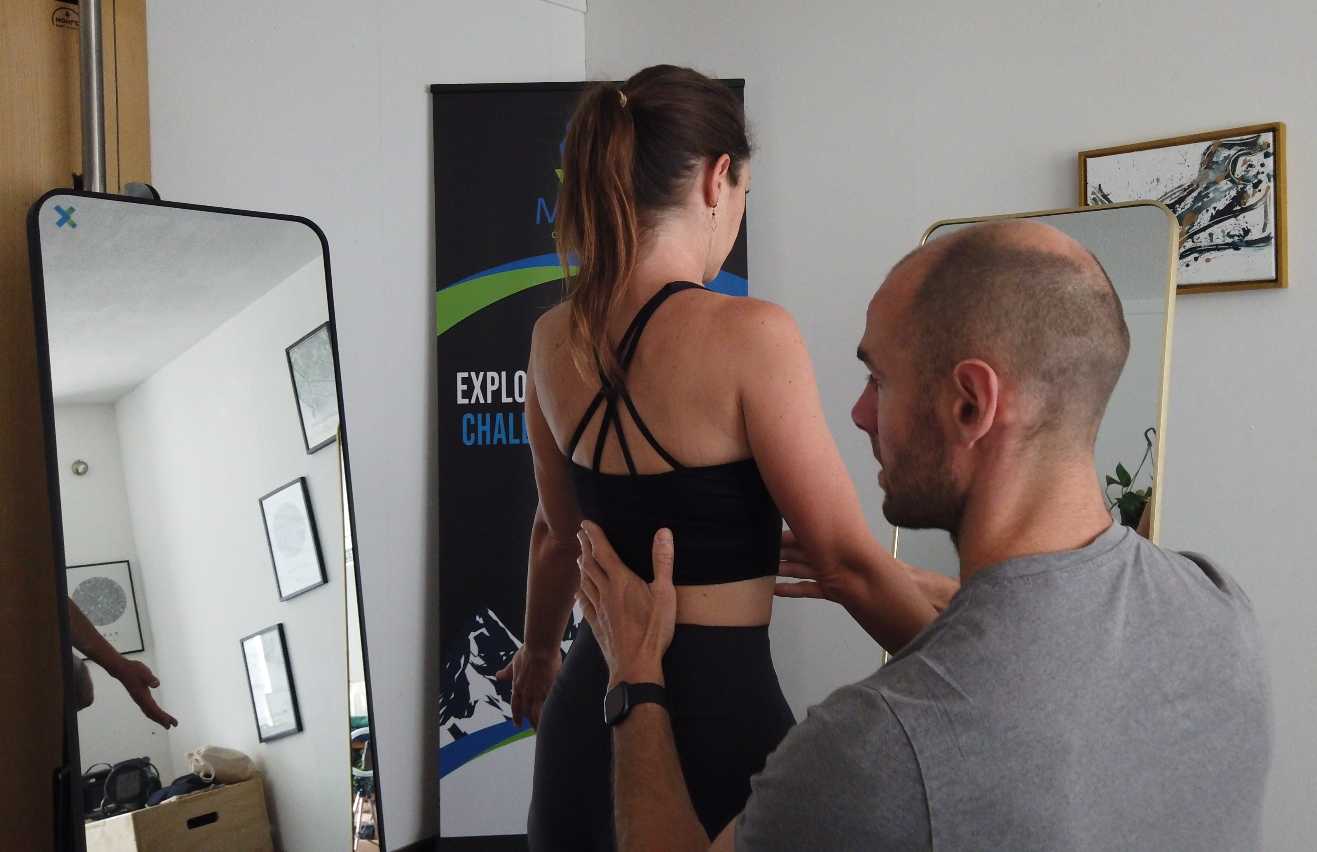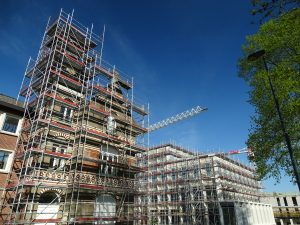Sacrum tension and lower back pain: what you need to know
Lower back pain, especially around the sacrum, is a common issue caused by sitting too much, poor walking mechanics, and a lack of movement variety. Over time, these habits can dehydrate and tighten the muscles surrounding the sacrum, making them unresponsive.
When this happens, you may feel hip weakness, restricted mobility in the pelvis area, and ultimately, lower back pain—particularly near the sacrum.
The role of these muscles in movement
The muscles around the sacrum are not just there to support—they need to be mobile. Their primary job is to assist in standing up movements, rotation of the body, and hinging patterns like bending forward.
If these muscles lose mobility, the lower back takes on extra strain, leading to discomfort, stiffness, and pain.
How to manage pain and restore healthy movement
To keep the fascia surrounding these muscles hydrated and functional, two key approaches can help:
1. Myofascial release (MFR)
Using a tennis ball, lacrosse ball, or massage ball to target these areas can restore hydration and improve sensory awareness. This helps release tension and reconnect the fascia network from your feet to your lower back.
2. Movement integration
Engaging in movement that involves both the thoracic cage (upper body) and the hips is crucial. One essential concept to understand is thoracic and hip rotation:
- When your thoracic cage rotates (for example, when you twist your upper body to look behind you), there should be a natural rotation of the hips in response.
- However, if your fascia is tight and your sacral region lacks mobility, this connection gets lost, leading to compensation patterns and added strain on the lower back.
- Restoring this coordinated movement through rotational exercises and mobility work can significantly ease tension and improve the way you move.
Have a look at this exercise, the rotation of the legs are very subtle on this video, I hope that will help you understand what I mean 🙂
The impact on daily movement
Combining MFR and movement practice will help restore natural function to these muscles, reducing tension and improving the way you walk and stand.
By maintaining hydrated, responsive fascia, you give your body the ability to move with less restriction, better support, and less pain.
Take care and remember if you want more inforamtion and you are struggling with making progress in your pain free journey, get in touch via wahtsapp or make a free call appointment to discuss your questions.
James Body therapist






